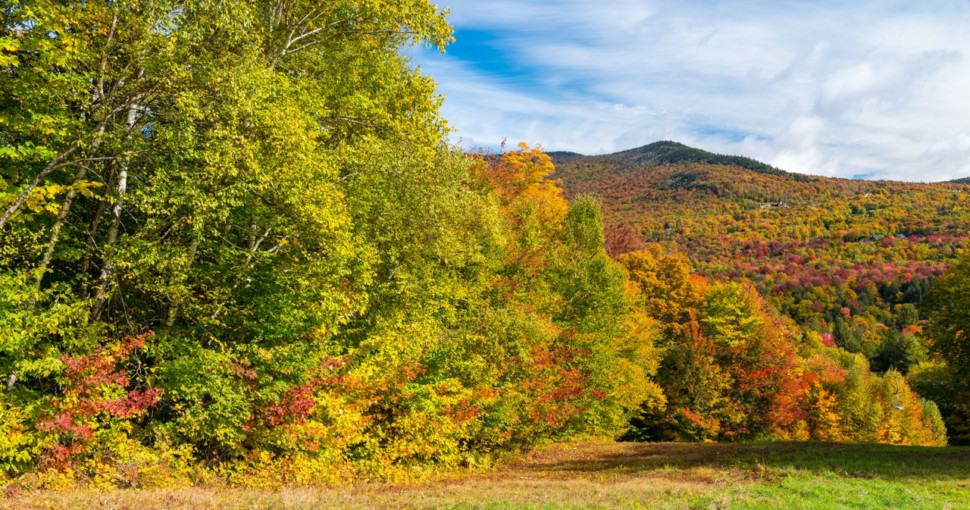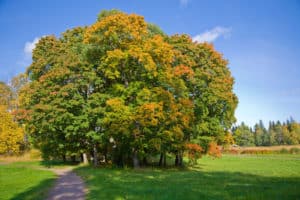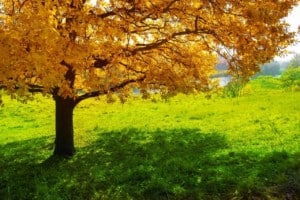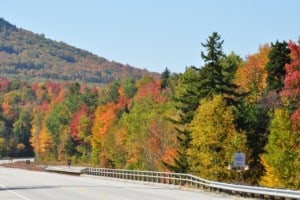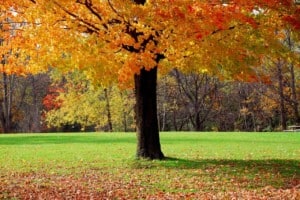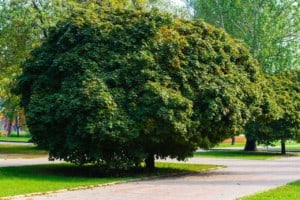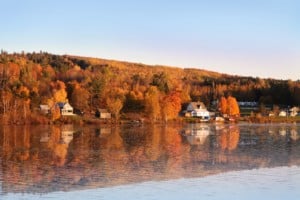New England boasts beautiful and abundant local flora and fauna. Blossoming shrubs and bushes, chattering birds, and varying tree species create a fascinating habitat and landscape. Maple trees are abundant in the region, with certain species playing an essential role in many states’ economies owing to the production of maple syrup.
Contents
New England is a particularly unusual region, with a wide range of climates covering 50 miles from Southern Connecticut to Northern Maine. Although the furthest southern parts of New England are warm and bright, the northern regions are the polar opposite. Maine, New England, and Vermont enjoy a humid, continental climate, while the rest of the state has long, harsh winters with considerable snowfall. As a result, New England is frequently the best area to find snow-covered trees that paint the image of a winter wonderland.
In New England, forest area is the most common land cover. According to surveys made in the early 1980s, the six New England states have 32.5 million acres of forest terrain. Over 75 percent of the region is wooded, with a total surface area of little upwards of 40 million acres.
Forests in New England provide benefits to both long-time and temporary residents, as well as tourists. They range from the specific wood fiber to maintain the region’s pulp and paper mills to the aesthetically pleasing trees of the New England landscape.
Maple trees are commonly found in states such as Vermont, Massachusetts, and Connecticut. In this post, we will talk about some of the different types of maples trees in New England.
1. Sugar Maple (Acer saccharum)
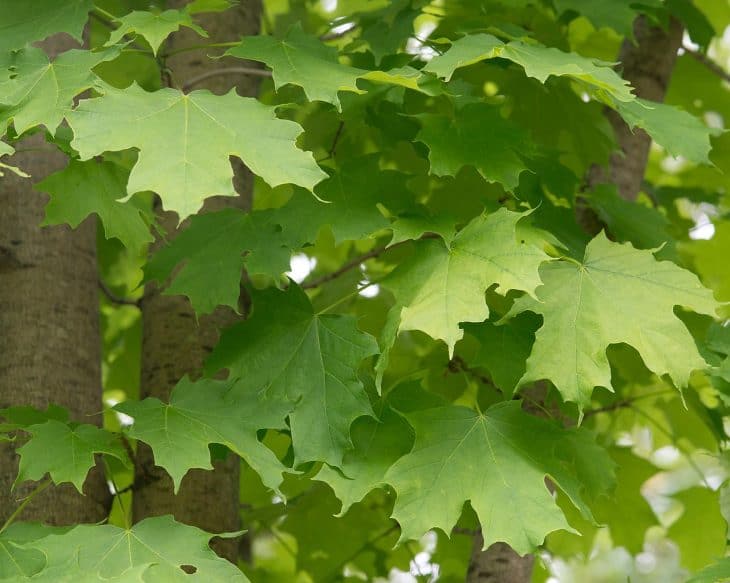
Unique trees can reach about 150 feet in height, although most are between 80 and 100 feet. Each autumn, when the weather cools and the days grow shorter, the Sugar Maple’s leaves turn a warmer shade going from yellow to bright orange and deep crimson. West Virginia, New York, Vermont, and Wisconsin all have the Sugar Maple as their official state tree.
2. Black Maple (Acer nigrum)
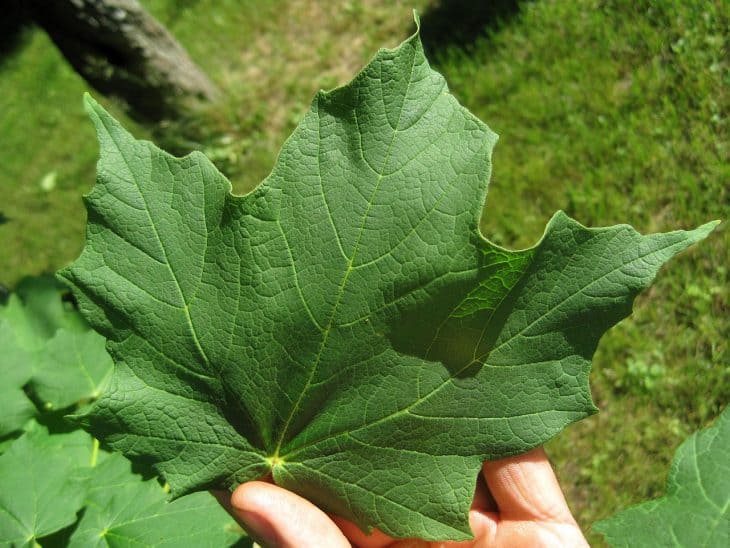
The black maple and sugar maple trees have similar appearances, but there is one major distinction: the black maple has 3 lobes on its leaves, whereas the sugar maple has 5. Black maple trees grow to reach 70-110 feet tall, and their sap is used to manufacture maple syrup, but they are largely used for aesthetic purposes in landscaping. It is considered rare in Vermont, New Hampshire, and Massachusetts.
3. Box Elder Maple (Acer negundo)
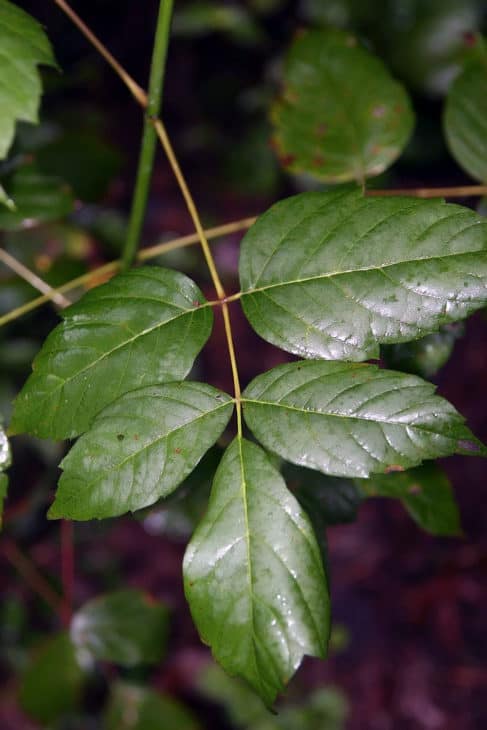
The Box Elder Maple is a short-lived but fast-growing tree that can withstand a variety of environmental conditions. This scruffy tree is a frequent sidewalk tree and windbreak since it is drought and cold-tolerant. It can be used to make maple syrup, though it is not as delicious as that made from the Sugar Maple tree.
4. Red Maple (Acer rubrum)
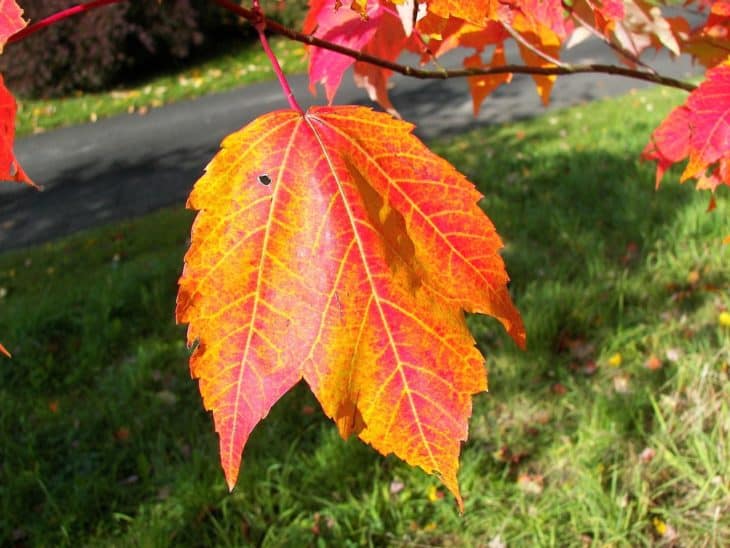
The Red Maple can grow up to 50 to 60 feet, and it has a wide range across the eastern half of the United States. The tops of red maple leaves are green, with a greenish-white undersurface, and they turn a magnificent red color in the fall. The stalks of the leaves and the twigs are also reddish. In the spring, clusters of red blooms develop before the leaves.

